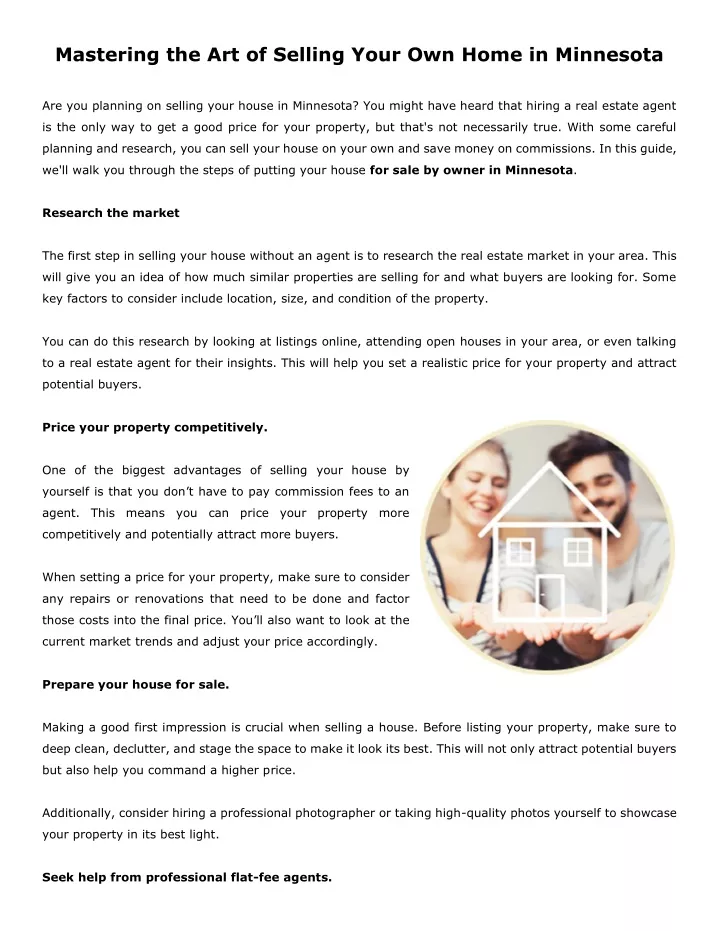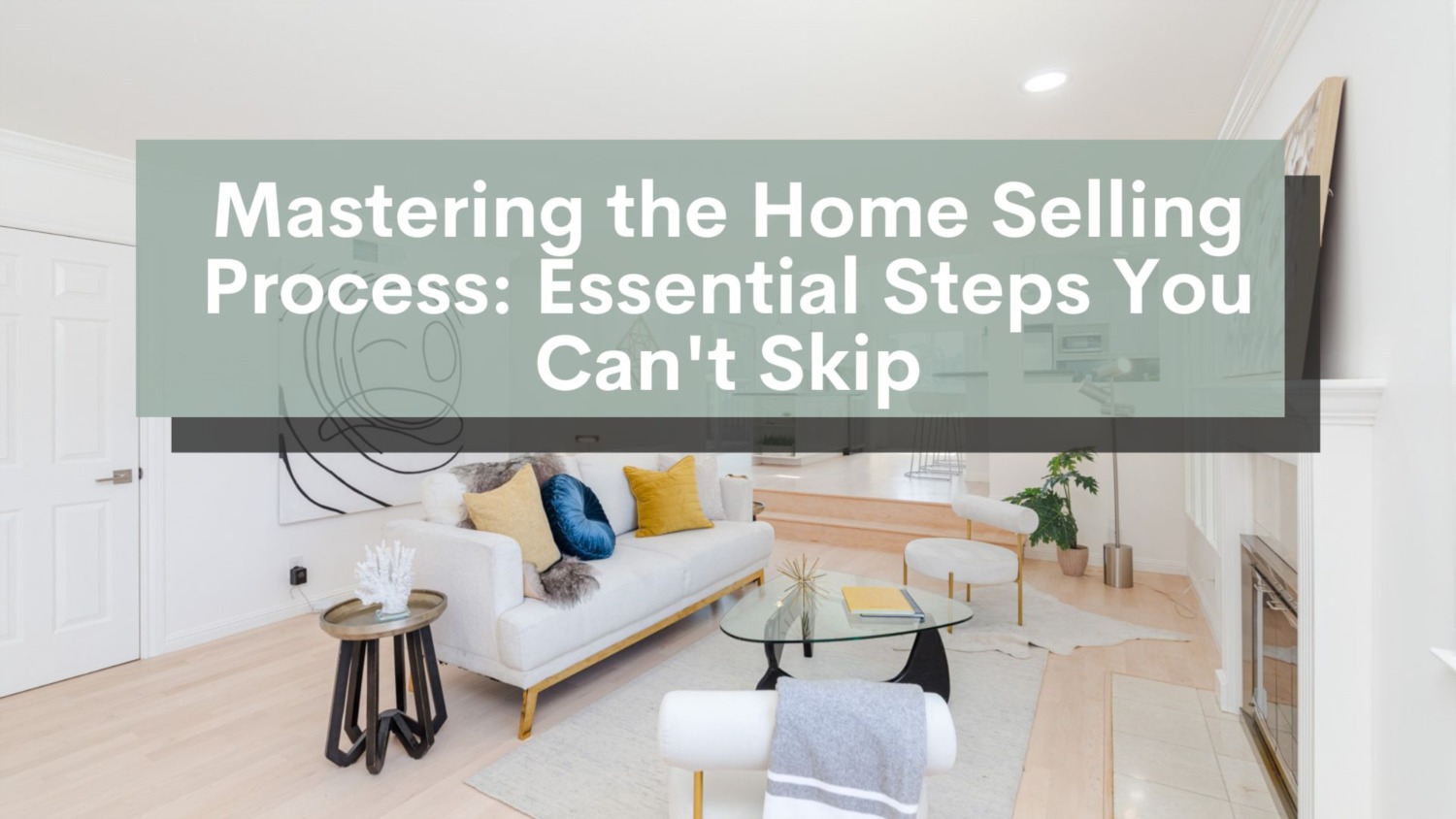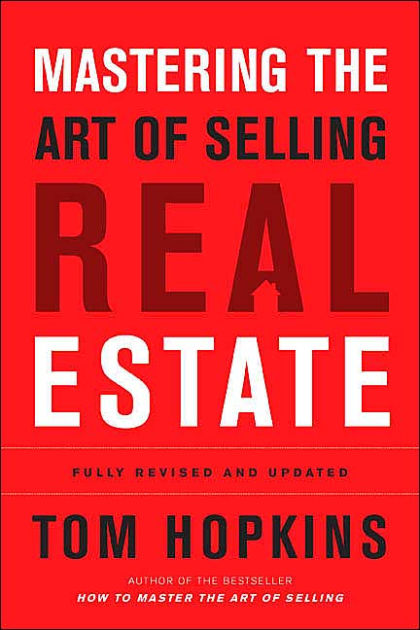Build a Home: Mastering the Art of Selling Your Product or Service

You’ve poured your heart and soul into creating a product or service that you believe in. Now, the challenge is to get it into the hands of the people who need it most. That’s where the magic of product marketing and sales comes in.
Imagine you’re an architect designing a dream home. You meticulously consider every detail, from the foundation to the finishing touches, ensuring it meets the specific needs and desires of your client. Similarly, when you’re selling your product or service, you need to carefully craft your message to resonate with your ideal customer.

To help you achieve this, let’s break down the key elements of effective product marketing and sales, focusing on the crucial features and benefits that will make your product stand out.
1. Understanding Your Ideal Customer Persona
Before you can effectively communicate the value of your product, you need to understand who you’re talking to. This is where creating a detailed customer persona comes into play. A persona is a fictional representation of your ideal customer, encompassing their demographics, psychographics, motivations, pain points, and aspirations.

Here’s how to build a compelling customer persona:
- Demographics: Age, gender, location, income, education, occupation, family status.
- Psychographics: Values, beliefs, interests, hobbies, lifestyle, personality traits.
- Motivations: What drives their purchasing decisions? What are their goals?
- Pain Points: What challenges do they face? What problems are they trying to solve?
- Aspirations: What do they hope to achieve? What are their dreams?



Example:

Let’s say you’re selling a high-end kitchen design service. Your ideal customer persona might be:

- Name: Sarah
- Age: 35
- Occupation: Marketing Director
- Location: Urban, high-cost-of-living area
- Values: Quality, sustainability, family time
- Pain Points: Frustrated with her outdated kitchen, wants a space that reflects her personality and lifestyle.
- Aspirations: To create a beautiful, functional kitchen that is a gathering place for friends and family.



2. Identifying Key Features and Benefits

Once you have a clear understanding of your ideal customer, you can start identifying the key features and benefits of your product that will resonate with them.
Features:
- These are the tangible attributes of your product or service.
- They describe what your product is.
- Examples: "Our kitchen cabinets are made from sustainable bamboo." "Our design software offers 3D rendering capabilities."

Benefits:
- These are the intangible advantages that your product provides to the customer.
- They describe what your product does for the customer.
- Examples: "Our bamboo cabinets are eco-friendly and durable." "Our design software allows you to visualize your dream kitchen before it’s built."
The "So What?" Test:
A good way to determine if you’re focusing on the right features and benefits is to ask yourself "So what?" for each feature you list. For example:
- Feature: Our kitchen cabinets are made from sustainable bamboo.
- So what? This means they are eco-friendly and durable, making them a responsible and long-lasting investment.
3. Tailoring Your Message to Your Ideal Customer
Now that you’ve identified the key features and benefits, it’s time to tailor your message to your ideal customer. This involves using language that resonates with their values, addressing their pain points, and highlighting the benefits that are most important to them.
Here are some tips for crafting a compelling message:
- Focus on the customer’s needs and desires: What problems are they trying to solve? What are their aspirations?
- Use storytelling: Share real-life examples of how your product has helped others.
- Highlight the benefits, not just the features: Explain how your product will make their life better.
- Use strong calls to action: Encourage customers to take the next step, whether it’s visiting your website, signing up for a free trial, or making a purchase.
Example:
For Sarah, the marketing director who wants a beautiful, functional kitchen:
- Instead of: "Our kitchen cabinets are made from sustainable bamboo."
- Say: "Imagine a kitchen that’s not only stunning but also environmentally conscious. Our bamboo cabinets are built to last, reflecting your commitment to sustainability while creating a space that’s both beautiful and functional."
4. Leveraging the Power of Visuals
In today’s visual world, images and videos are essential for capturing attention and conveying your message effectively.
- High-quality product photography: Showcase your product in its best light, highlighting its features and benefits.
- Compelling video content: Use videos to demonstrate how your product works, tell stories about your customers, and build trust and credibility.
- Infographics and data visualizations: Use visuals to simplify complex information and make it more engaging.
Example:
- Instead of: "Our design software offers 3D rendering capabilities."
- Show: A video demonstrating how easy it is to use the software to create stunning 3D renderings of a kitchen, complete with realistic textures and lighting.
5. Building a Strong Brand Identity
Your brand identity is the unique personality and image that you project to the world. It’s what makes your product stand out from the competition and builds trust with your customers.
- Develop a clear brand message: What is your product all about? What values do you represent?
- Create a consistent brand aesthetic: Use a cohesive color palette, fonts, and imagery across all your marketing materials.
- Build a strong online presence: Create a website and social media profiles that reflect your brand identity.
Example:
- For a sustainable kitchen design service: You might use earthy tones, natural materials, and images of eco-friendly kitchens in your branding.
6. Creating Engaging Content
Content marketing is a powerful tool for attracting and engaging potential customers. By creating valuable and informative content, you can establish yourself as an expert in your field and build trust with your audience.
- Blog posts: Share insights, tips, and advice related to your product or industry.
- Case studies: Showcase how your product has helped other customers achieve their goals.
- Ebooks and white papers: Provide in-depth information on specific topics related to your product.
- Social media posts: Share engaging content that is relevant to your target audience.
Example:
- For a kitchen design service: You could create blog posts on topics like "Choosing the Right Kitchen Layout for Your Lifestyle," "Sustainable Kitchen Design Trends," or "Tips for Creating a Kitchen That Works for You."
7. Measuring Your Success
It’s important to track your marketing efforts to ensure that they are effective. Use analytics tools to measure key metrics such as website traffic, lead generation, and sales.
- Website analytics: Track website visits, bounce rates, and conversion rates.
- Social media analytics: Track engagement, reach, and website referrals.
- Email marketing analytics: Track open rates, click-through rates, and conversions.
Example:
- For a kitchen design service: You could track the number of leads generated from your website, the conversion rate of your email campaigns, and the engagement rate of your social media posts.
Conclusion:
Selling your product or service is about more than just listing features. It’s about understanding your ideal customer, crafting a compelling message that resonates with their needs and desires, and building a strong brand that inspires trust and loyalty. By following these steps, you can effectively communicate the value of your product and achieve your sales goals.
Remember, just like a skilled architect carefully designs a home to meet the specific needs of their client, you need to meticulously craft your marketing and sales strategy to resonate with your ideal customer. By focusing on the right features and benefits, tailoring your message, and creating a compelling brand experience, you can build a successful business and make a lasting impact on your customers’ lives.

